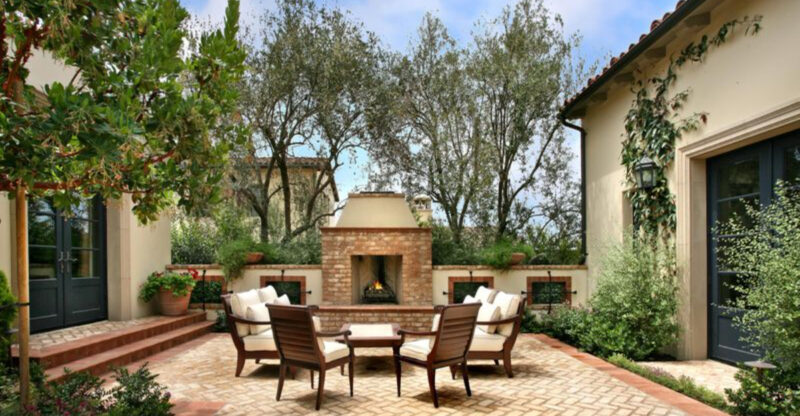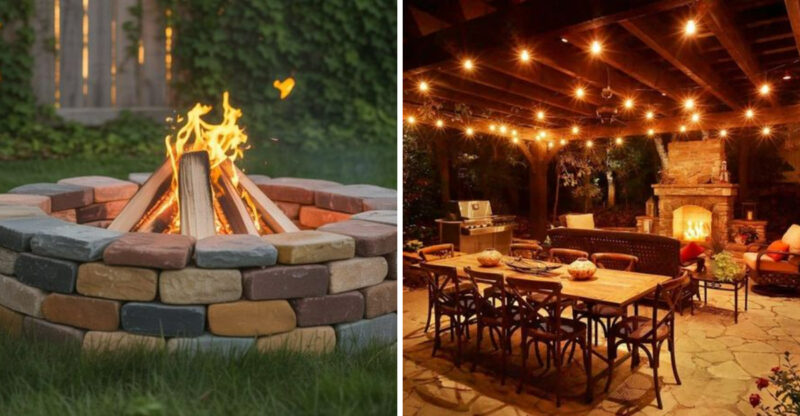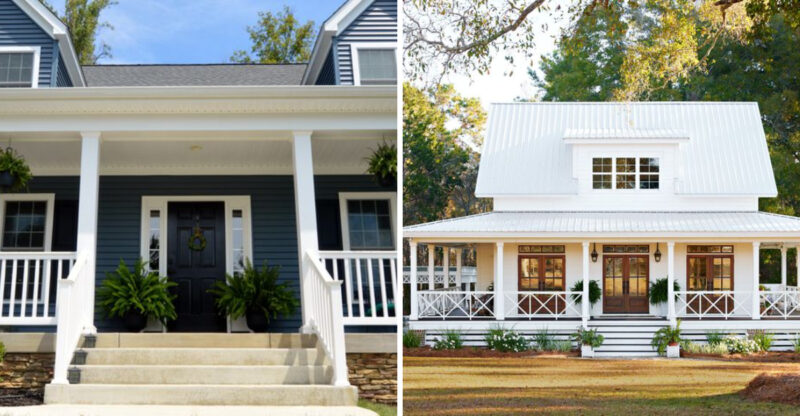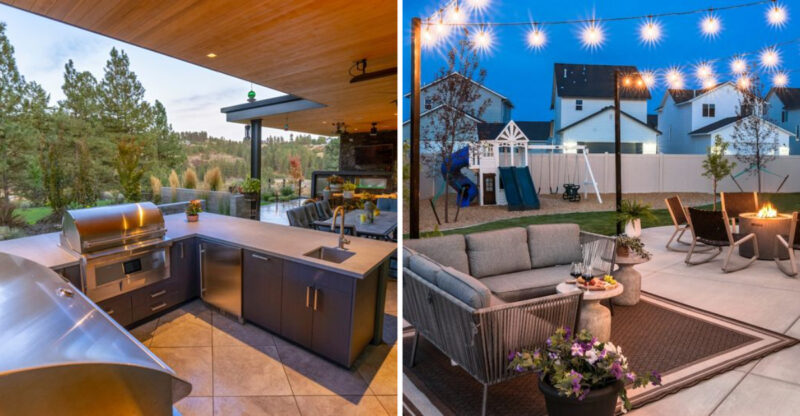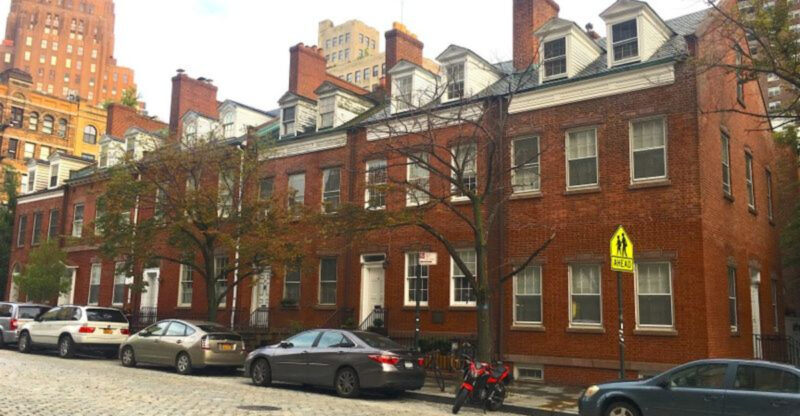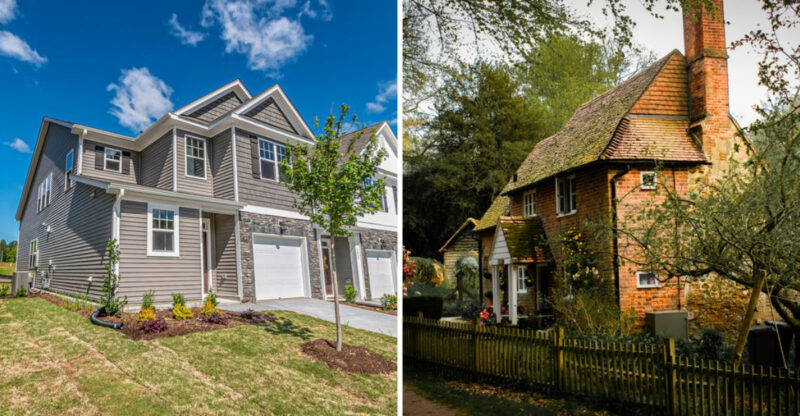The Look Of Washington 10 Beloved Outdoor Trends And 4 That Truly Impress
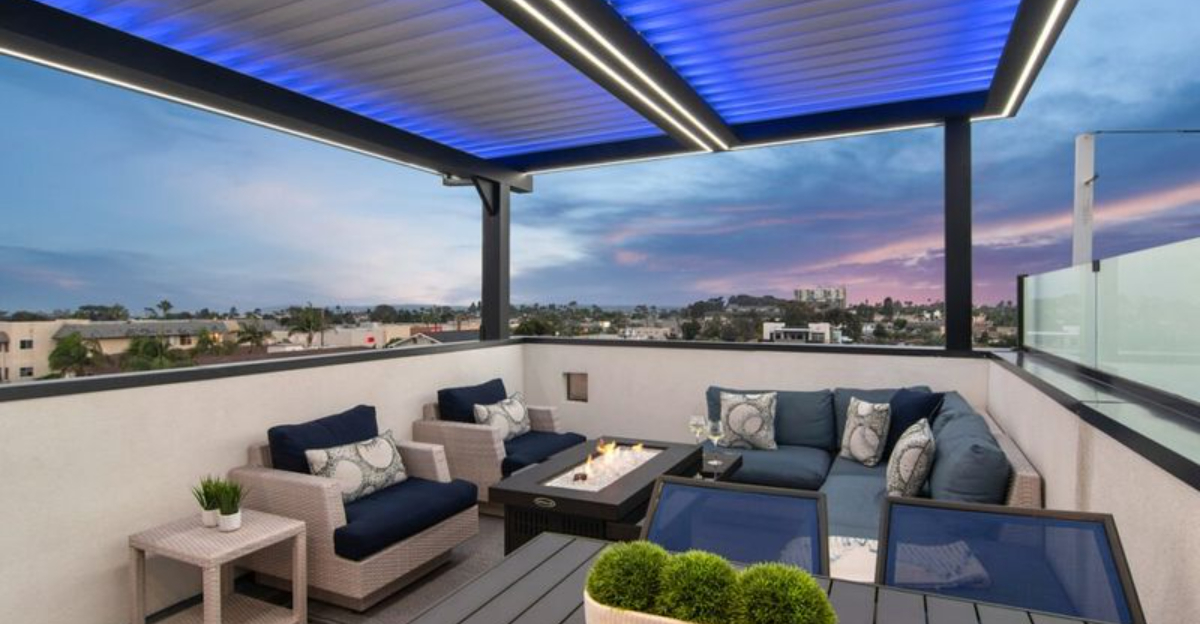
Washington State’s outdoor spaces reflect its stunning natural beauty and eco-conscious lifestyle.
From rain gardens that handle the Pacific Northwest’s famous precipitation to cozy fire pits that extend outdoor living through cooler months, Washingtonians have developed distinctive outdoor design preferences.
Let’s explore the outdoor trends that define the Evergreen State’s landscapes, including ten popular choices and four that stand out as truly exceptional.
1. Native Plant Landscaping

Pacific Northwest gardeners have embraced native plants with unprecedented enthusiasm. Douglas firs, sword ferns, and salal create landscapes that naturally thrive in Washington’s climate without excessive watering or chemicals.
Native plant gardens attract local wildlife too hummingbirds visit red flowering currant while butterflies flock to Oregon sunshine. The ecological benefits extend beyond your property line as these plants support entire food webs.
Maintenance becomes remarkably easier once established, with plants adapted to local rainfall patterns and soil conditions. Even small yards can incorporate native plant sections, creating mini-habitats that connect fragmented ecosystems while showcasing Washington’s botanical heritage in your own backyard.
2. Gravel Pathways
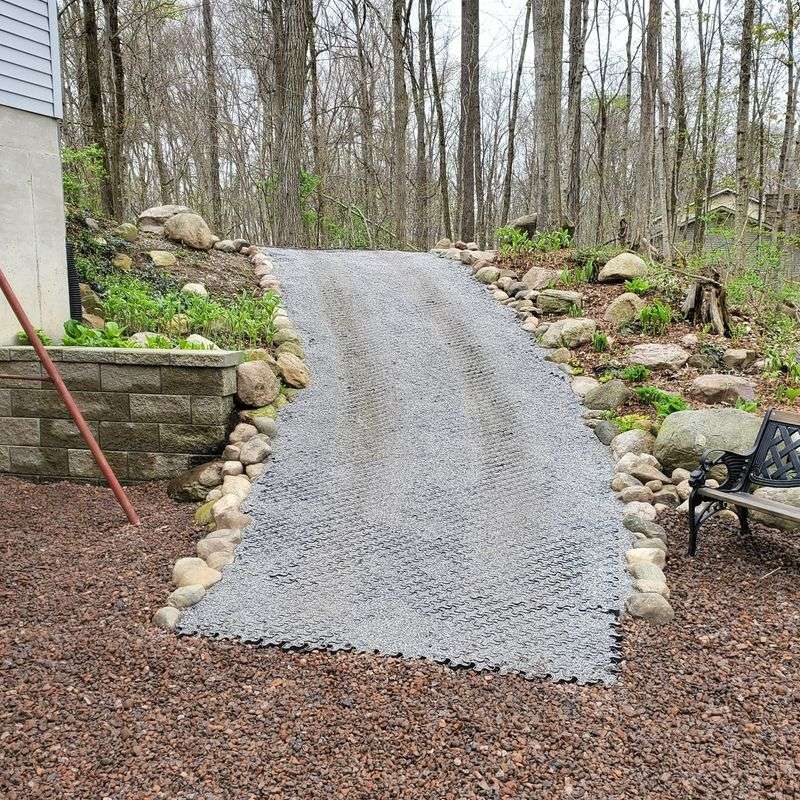
Crunching sounds underfoot signal you’ve stepped onto one of Washington’s signature garden features. Gravel pathways have become increasingly popular as they perfectly balance functionality with the state’s natural aesthetic.
Rain permeates these permeable surfaces easily, reducing runoff and preventing the mud puddles that plague solid walkways during Washington’s wet seasons. Homeowners appreciate how these pathways naturally drain while providing clear navigation through garden spaces.
Local quarried gravels in shades of gray, tan, and rust complement the surrounding landscape. Installation costs significantly less than concrete or pavers, yet still offers durability through harsh winters and rainy springs. Many residents edge their gravel paths with reclaimed timber or locally sourced stones for that quintessential Pacific Northwest look.
3. Vertical Gardens
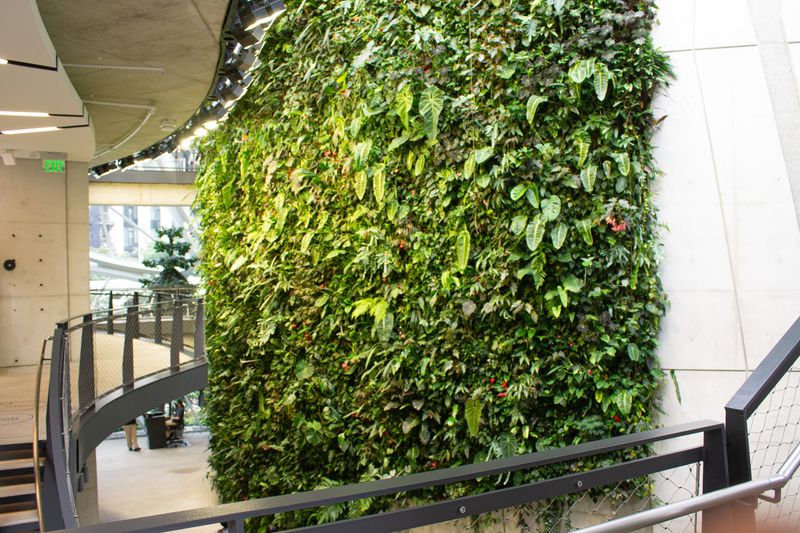
Space constraints in Seattle and other urban areas have inspired Washingtonians to grow upward. Vertical gardens transform blank walls and fences into living tapestries of greenery, maximizing growing space in compact yards.
Ferns, heucheras, and small native perennials thrive in these systems, creating visual interest while requiring minimal ground space. The vertical orientation also improves air circulation, reducing fungal issues common in the region’s damp climate.
DIY enthusiasts often craft systems from repurposed pallets or specialized pocket planters. Professional installations may incorporate sophisticated irrigation systems that conserve water. Beyond their aesthetic appeal, these gardens provide excellent insulation for buildings, reducing energy costs while turning unused vertical spaces into productive green areas that buzz with pollinators.
4. Rain-Friendly Drainage Design
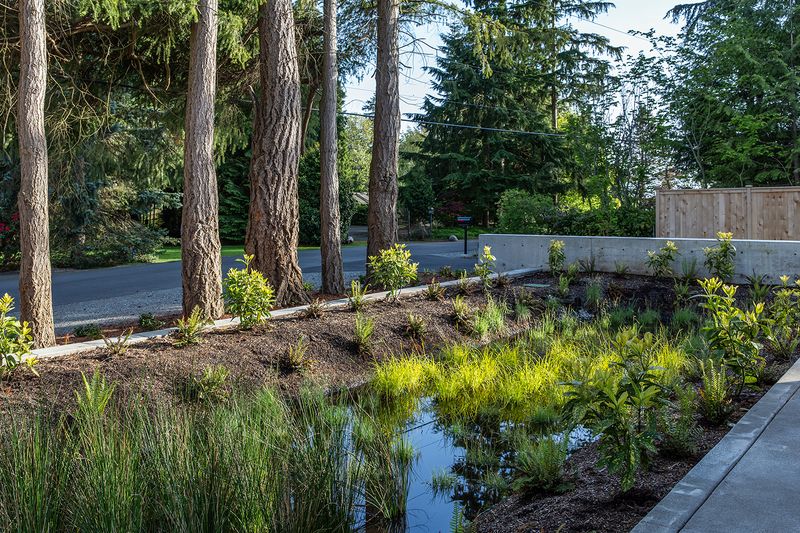
When you live in a region famous for its rainfall, clever water management becomes essential. Rain gardens have evolved from practical solutions to artistic landscape features across Washington properties.
Strategic depressions filled with water-loving native plants like rush, sedge, and iris capture runoff from roofs and driveways. These beautiful basins prevent erosion while naturally filtering pollutants before water enters local watersheds.
Homeowners increasingly incorporate decorative rain chains instead of traditional downspouts, turning water movement into visual features. Permeable pavers and gravel basins complete these systems, allowing water to percolate slowly into the ground. This thoughtful approach to precipitation management reflects Washington’s environmental consciousness while solving practical problems that come with living in this gloriously green but frequently soggy state.
5. Outdoor String Lighting
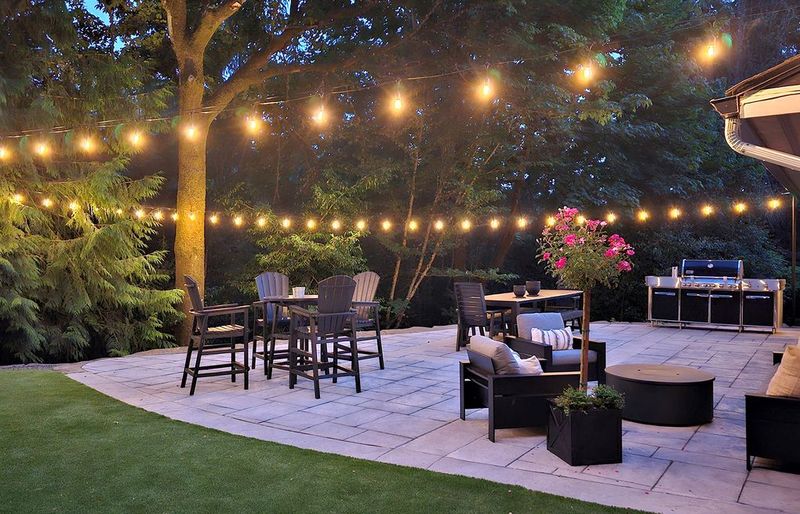
Magic happens when the sun sets over Washington patios adorned with string lights. These twinkling illuminations extend outdoor enjoyment well into the evening, creating warm, inviting spaces despite the early darkness of Pacific Northwest winters.
Weather-resistant LED versions have become standard, withstanding both summer drought and winter deluge. Washingtonians weave them through pergolas, drape them across decks, and string them between trees to define outdoor rooms without walls.
Unlike harsh floodlights, these gentle illuminations preserve the night sky viewing that makes rural Washington so special. Many homeowners connect their systems to timers or smart home setups for effortless ambiance. This simple addition transforms ordinary backyards into enchanted evening retreats where conversations flow easily under the soft glow that mirrors the starry skies above Olympic Peninsula beaches.
6. Reclaimed Wood Furniture
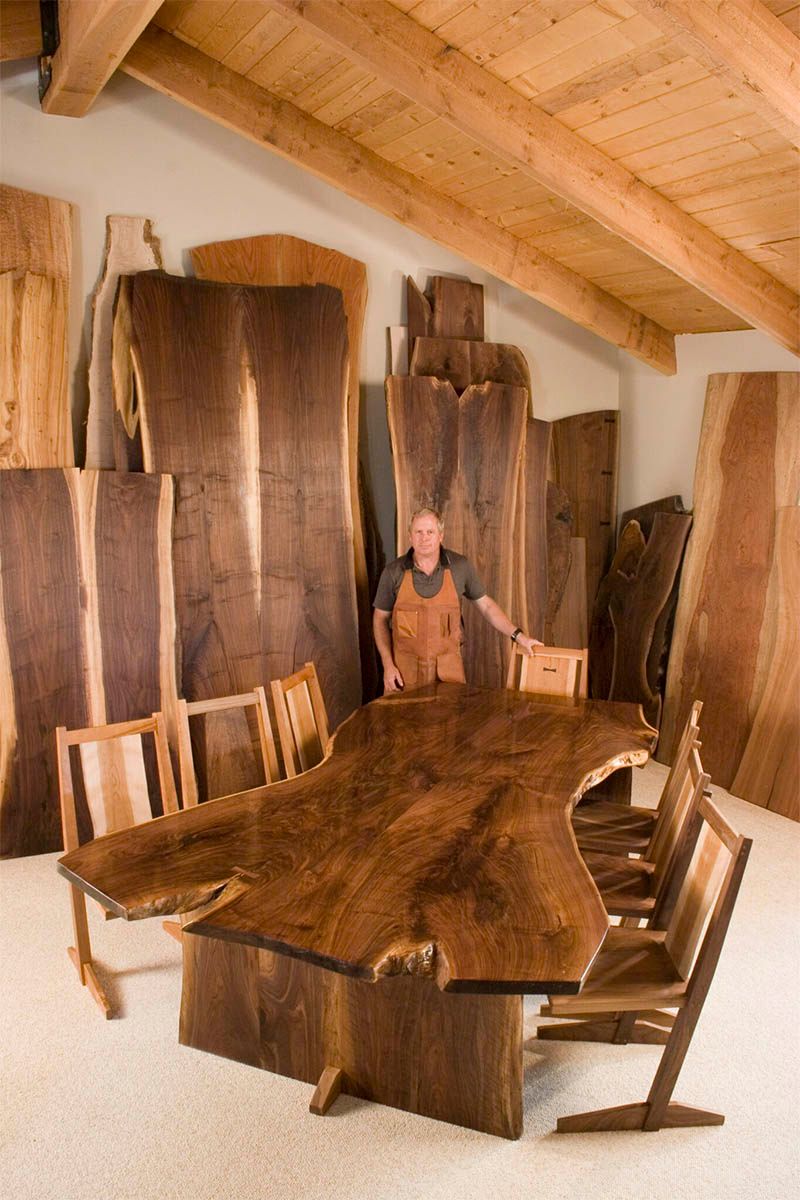
History lives in the weathered grain of reclaimed wood furniture that graces Washington’s outdoor spaces. Salvaged from old barns, docks, and timber operations, these pieces tell stories of the region’s logging heritage.
Massive dining tables crafted from reclaimed Douglas fir beams host family gatherings, while cedar Adirondack chairs weather gracefully in the elements. The natural patina develops character with each passing season, improving rather than deteriorating with age.
Local artisans have built thriving businesses transforming this heritage wood into functional art. Beyond aesthetic appeal, this trend reflects Washington’s commitment to sustainability by giving new life to materials that might otherwise be discarded. These pieces connect modern homes to the state’s timber history while providing durable, chemical-free furnishings that stand up to the Pacific Northwest’s challenging climate conditions.
7. Covered Patios

Rain doesn’t stop outdoor living in Washington it just inspires better design. Covered patios have evolved from simple overhangs to architectural features that define the state’s outdoor spaces, allowing year-round enjoyment regardless of weather.
Cedar-beamed structures with metal or glass roofing let light through while keeping precipitation at bay. Many homeowners incorporate heating elements like overhead infrared panels or built-in fireplaces to extend outdoor seasons.
These sheltered spaces often become favorite gathering spots, equipped with comfortable seating, outdoor kitchens, and entertainment systems. The sound of rainfall on the roof adds ambiance rather than ending outdoor plans. Washington’s covered patios represent the perfect compromise between indoor comfort and outdoor connection, allowing residents to enjoy their beautiful surroundings even during the nine months of drizzle that locals joke about but secretly love.
8. Sustainable Garden Beds
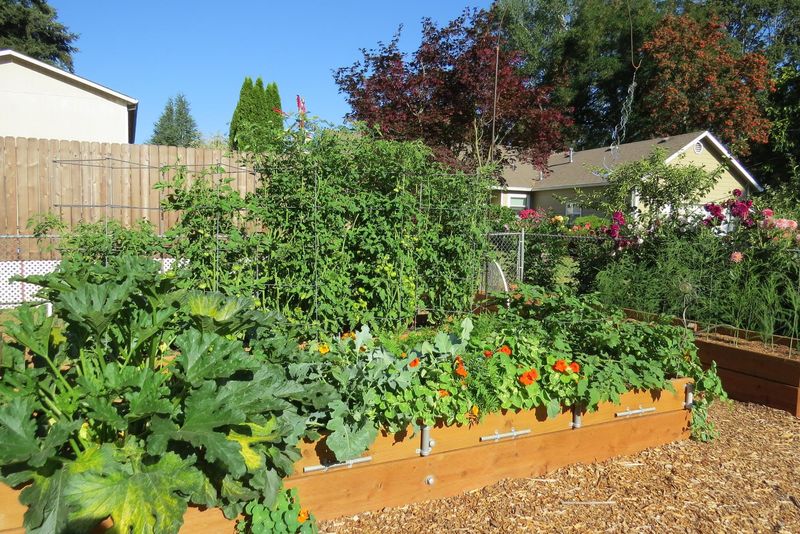
Food production thrives in Washington’s climate, inspiring residents to transform portions of their landscapes into productive growing spaces. Raised garden beds have become ubiquitous, constructed from locally-sourced materials like cedar that naturally resist the wet climate.
Height variations create visual interest while improving ergonomics for gardeners. Many incorporate hoop house attachments for season extension, allowing crops to grow despite spring and fall temperature fluctuations.
Drip irrigation systems minimize water usage while delivering moisture directly to plant roots. Companion planting techniques reduce pest issues naturally, aligning with the state’s environmentally-conscious gardening approach. These productive gardens reflect Washington’s farm-to-table culture, allowing families to grow organic produce steps from their kitchens. Even small yards often feature at least one raised bed, producing impressive harvests of lettuce, kale, berries and other crops that thrive in the mild maritime climate.
9. Fire Pit Seating Areas
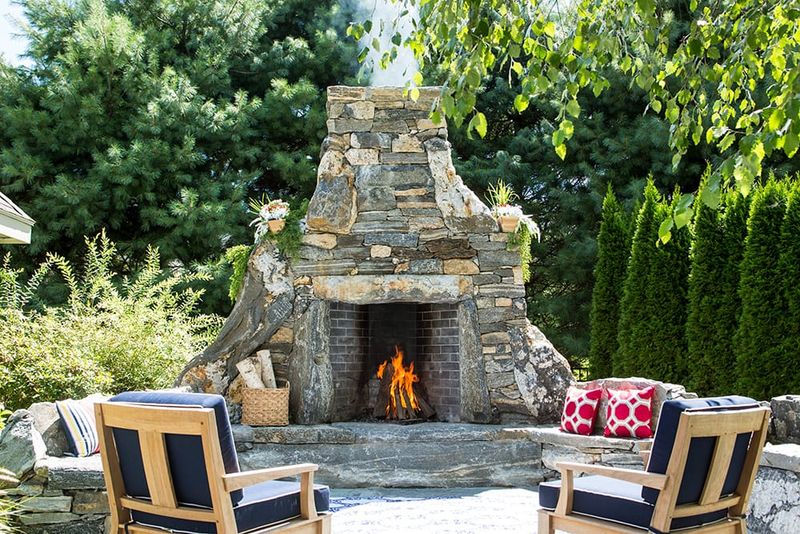
Gathering around flames has become a quintessential Washington outdoor experience. Fire pits extend outdoor enjoyment through cooler evenings, creating natural focal points where conversations flow easily under star-filled skies.
Natural stone or cast concrete designs predominate, often sunken slightly into the landscape. Surrounding seating typically features weather-resistant materials like cedar or composite decking built into curved benches that encourage face-to-face interaction.
Many homeowners incorporate clever storage solutions for firewood and kindling nearby. Gas-powered versions have gained popularity in urban areas with burn restrictions, offering instant ambiance without smoke concerns. These gathering spaces transform ordinary backyards into memorable social venues where marshmallows roast, stories unfold, and Washington residents connect with each other despite the chill that often accompanies even summer evenings in the Evergreen State.
10. Rustic Stone Walkways
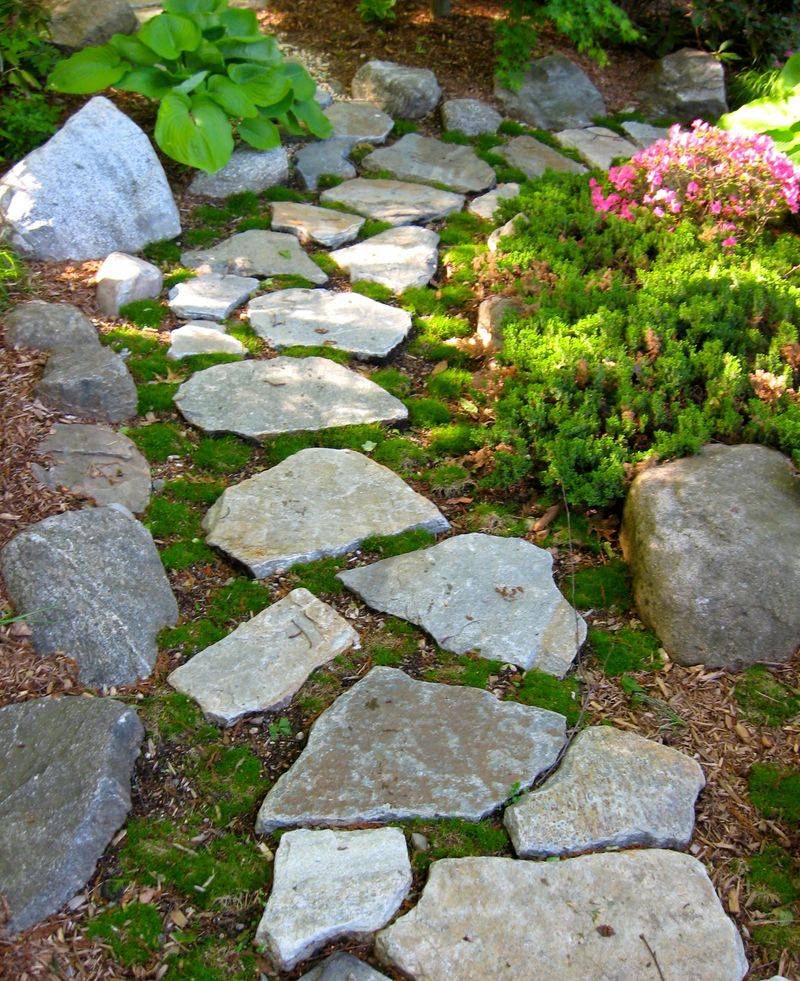
Feet find natural pathways across Washington landscapes via carefully placed stone walkways. Unlike formal paving, these rustic paths feature irregular flagstones or river rock arranged with deliberate randomness that echoes mountain trails.
Moss and creeping thyme often grow between stones, softening edges and creating the lived-in feeling that Washington gardeners prize. These permeable surfaces allow rainwater to penetrate rather than run off, supporting the region’s water-conscious landscaping approach.
Local materials predominate basalt from Eastern Washington or slate from coastal areas – connecting gardens to regional geology. Homeowners appreciate how these paths weather beautifully, developing character with age rather than deteriorating. The natural appearance belies the careful installation required to ensure stable footing through freeze-thaw cycles and persistent moisture. These stone paths invite meandering exploration through garden spaces while reflecting the rugged natural beauty that makes Washington landscapes so distinctive.
11. Sculptural Water Features
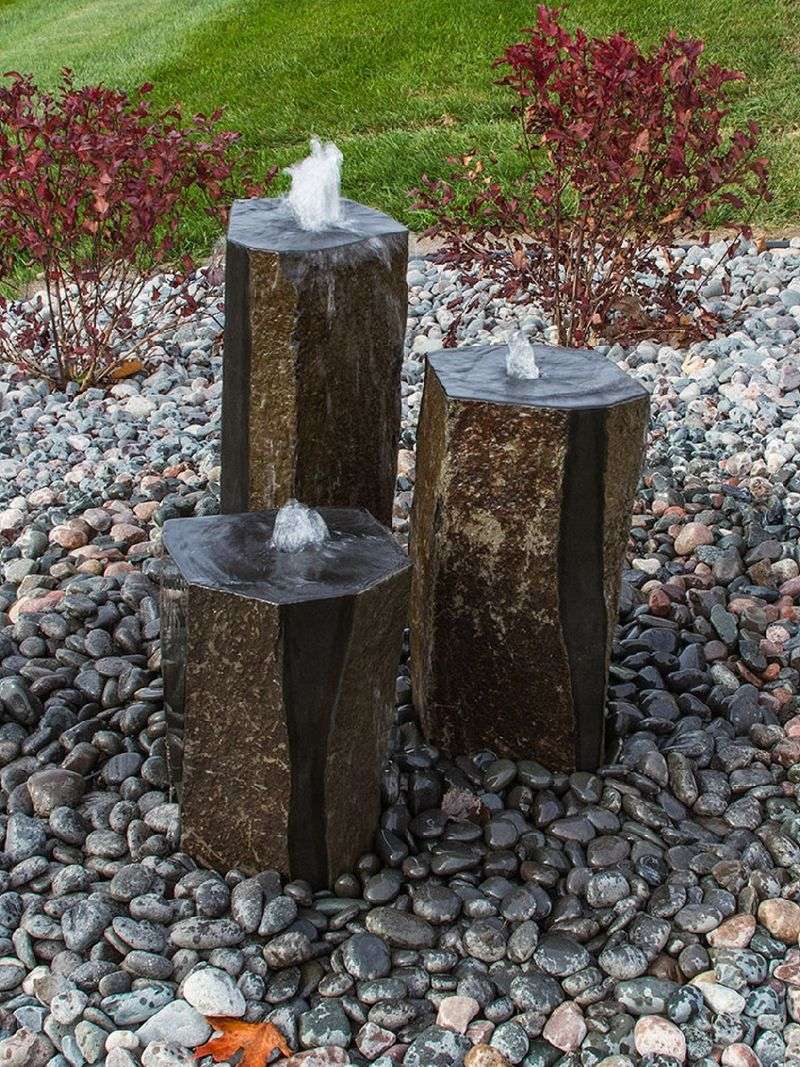
Water already defines Washington’s landscape, so it’s fitting that artful water features have become showstoppers in exceptional outdoor spaces. Unlike conventional fountains, these custom installations celebrate water through innovative designs that reflect both natural patterns and artistic vision.
Recirculating systems minimize resource use while maximizing sensory impact. The gentle sounds mask urban noise while adding a dimension of tranquility that enhances outdoor relaxation.
Copper and basalt predominate as materials, developing beautiful patinas that improve with age. Lighting transforms these features after dark, creating dramatic shadows and reflections. What truly impresses visitors is how these water elements seem to emerge organically from the landscape rather than appearing imposed upon it. These masterful installations demonstrate the highest level of landscape design artistry, creating focal points that capture Washington’s unique relationship with water in all its forms.
12. Modern Pergolas with Lighting

Architectural statement pieces define truly impressive Washington outdoor spaces, with modern pergolas leading this trend. Clean lines in metal and timber create overhead structure without blocking precious daylight during darker winter months.
Integration of lighting transforms these features after sunset. Programmable LED systems wash support beams with color or provide practical task lighting for outdoor dining and entertaining.
Retractable canopies offer versatility unmatched by traditional structures, providing shelter during rain showers while opening to capture sunshine during fair weather. The most impressive examples incorporate heating elements and motorized screens, effectively creating three-season rooms without walls. These sophisticated structures represent significant investment but deliver extraordinary functionality that extends outdoor living throughout Washington’s variable climate conditions. More than mere shade structures, these architectural elements define outdoor rooms while providing framework for lighting, plants, and weather protection.
13. Tiered Garden Layouts
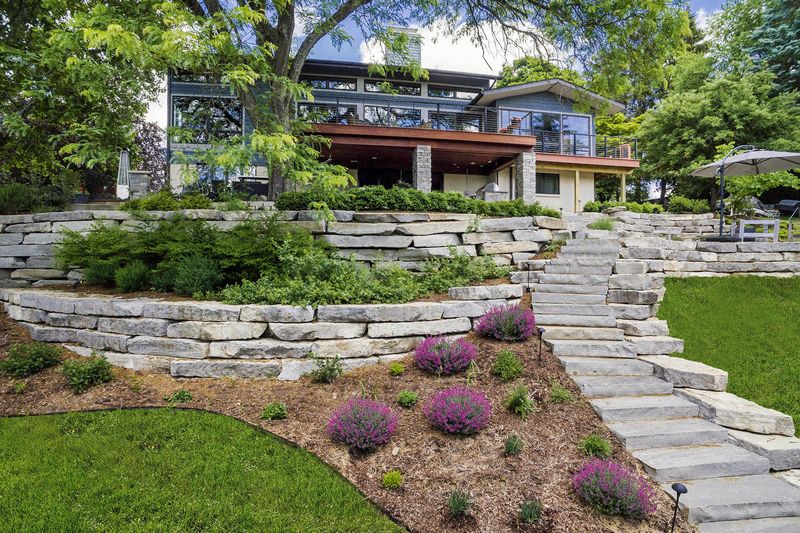
Washington’s varied topography inspires remarkable multi-level landscapes that transform challenging slopes into breathtaking garden spaces. Strategic terracing creates distinct garden rooms while solving erosion issues inherent to the region’s hilly terrain.
Natural stone retaining walls built by skilled masons provide structural integrity while appearing as if they emerged naturally from the landscape. Each level features different plant communities perhaps sun-loving perennials above transitioning to shade-tolerant woodland plants below.
Connecting stairways become journeys rather than mere transitions, often incorporating landing areas with seating to encourage pausing and appreciating different vantage points. Water features frequently cascade between levels, their sound masking nearby traffic. The most impressive examples seamlessly blend engineered solutions with natural elements, creating landscapes that appear to have evolved organically despite requiring sophisticated design expertise. These multi-dimensional gardens create visual interest throughout the year while making previously unusable hillsides into functional, beautiful outdoor spaces.
14. Custom-Built Outdoor Kitchens
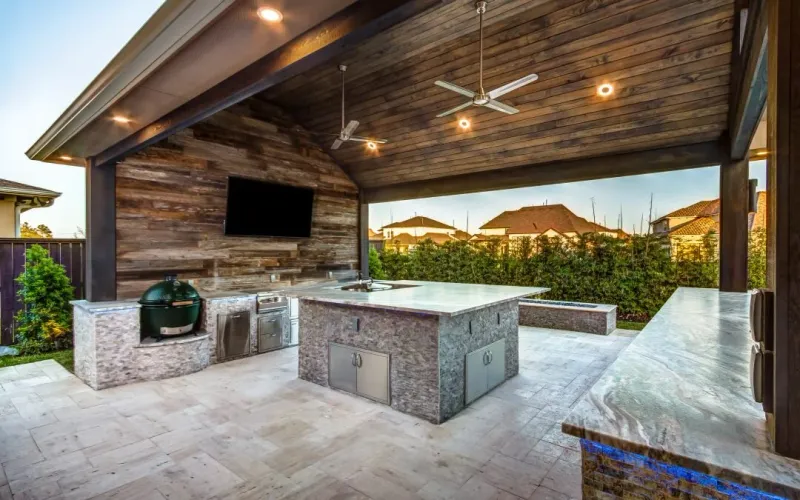
Culinary adventures extend beyond four walls in Washington’s most impressive outdoor spaces. Custom outdoor kitchens have evolved far beyond basic grills to become fully functional cooking areas that capitalize on the farm-fresh bounty of the Pacific Northwest.
Weather-resistant cabinetry crafted from marine-grade materials houses specialized equipment from pizza ovens to smokers. Covered designs with proper ventilation allow year-round use despite frequent precipitation.
Local materials like regional stone countertops and reclaimed timber accents connect these spaces to Washington’s natural aesthetic. Thoughtful lighting extends cooking hours while refrigeration keeps local craft beverages perfectly chilled. The most exceptional examples incorporate heating elements and strategic windbreaks to ensure comfort regardless of weather conditions.

